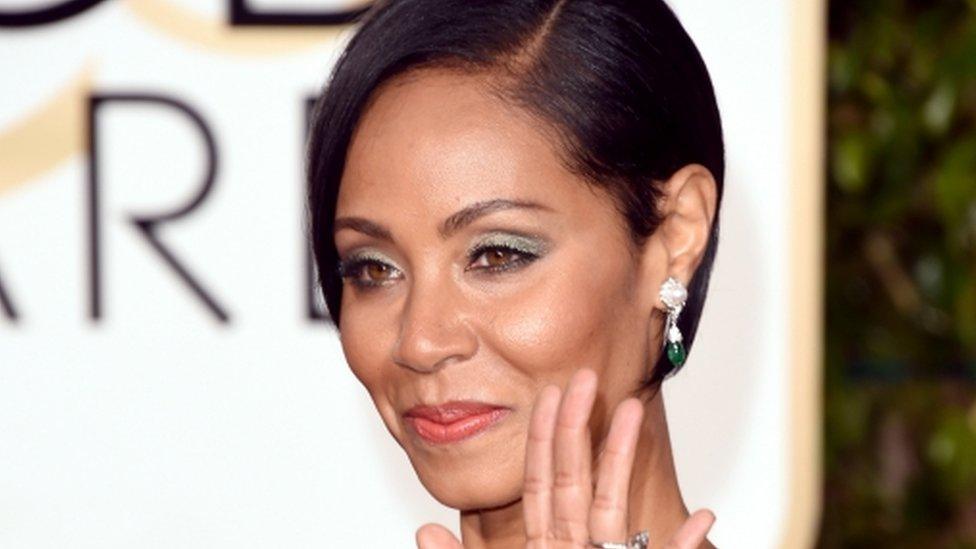Hollywood inequality is 'entrenched', study suggests
- Published
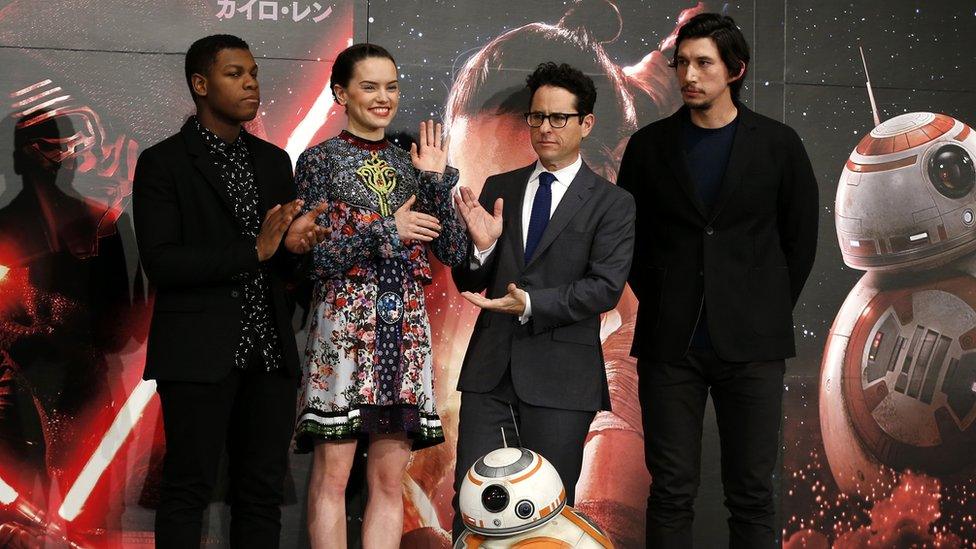
Despite diverse casts in films like Star Wars: The Force Awakens, the study says Hollywood is an 'epicentre' of inequality
Inequality is "entrenched" in Hollywood, with women, minorities and LGBT people among those excluded, a new study has suggested.
The University of Southern California's report, external showed that women had just 31.4% of spoken roles in 2015's top 100 films, compared with 32.8% in 2008.
Lesbian, gay or transgender characters accounted for less than 1% of speaking parts - or 32 out of 35,205 characters.
Researchers described Hollywood as "an epicentre of cultural inequality".
They said little progress had been made in increasing diversity.
Between 2007, when the study was first carried out, and 2015, the authors said there has been no marked change in the proportion of black, Latino or Asian characters - at 12.2%, 5.3% and 3.9% respectively.
'Exclusionary forces' at work
Study author Stacy Smith, a professor at USC, said: "We're seeing entrenched inequality.
"Whether we're studying gender, race, ethnicity, LGBT or characters with disabilities, we're really seeing exclusionary forces leaving out anybody that's not a straight, white, able-bodied man.
"Despite all the chatter and all the activism and all the press attention, it's another year where the status quo has been maintained.''
The report also showed:
There were 2.2 men for every woman in a speaking role in the top 100 films of 2015
Just one character identifying as transgender was portrayed - there had been none in 2014
Out of 107 directors, four were black or African American and six were Asian or Asian American. Eight were women - the highest figure since 2008
The number of LGBT characters increased in 2015 - but only two were shown as parents
Women are more than three times as likely as men to be shown in sexually revealing clothing or nude - 30.2% to 7.7%
Characters with a disability made up 2.4% of all speaking roles, despite 18.7% of the US population reporting having a disability in the 2010 census
The new figures follow the #OscarsSoWhite controversy earlier this year, sparked by two years of all-white acting nominees at the Academy Awards, as well as concerns over the gender gap in pay and the lack of female directors.
The Academy of Motion Picture Arts and Sciences, which awards the Oscars, has expanded its membership in an attempt to improve diversity.
'The same groups get the most visible roles'
Smith said: "We've seen a lot of talk and little action. What we need now is for companies to take the same leadership position, be transparent in their inclusion goals and be accountable to representing the actual world we live in when it comes to the demography of the US."
The survey found that female lead or co-lead roles increased by 11% from 2014 to 2015 - but only three films cast such a role from an underrepresented racial or ethnic group. There were no Asian male or female leads across all of the films studied.
"When we really drill down in the numbers, we see a perpetuation of the same groups getting access to the most visible roles, whether that's in the director's chair or on screen, and that continues to be the problem plaguing Hollywood's hiring practices," Smith said.
Several of 2015's most profitable films had diverse casts, however, including the seventh Fast and Furious film, Mad Max: Fury Road and Star Wars: The Force Awakens.
A number of remakes or reboots with women in lead roles have also been announced, including Ocean's Eight and Dirty Rotten Scoundrels.

Follow us on Twitter @BBCNewsEnts, external, on Instagram, external, or if you have a story suggestion email entertainment.news@bbc.co.uk, external.
- Published30 June 2016
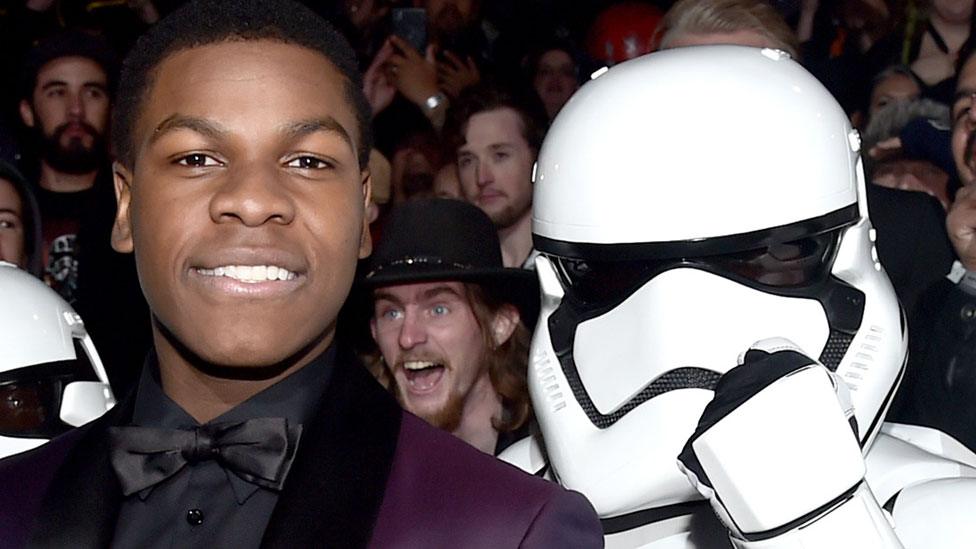
- Published16 March 2016
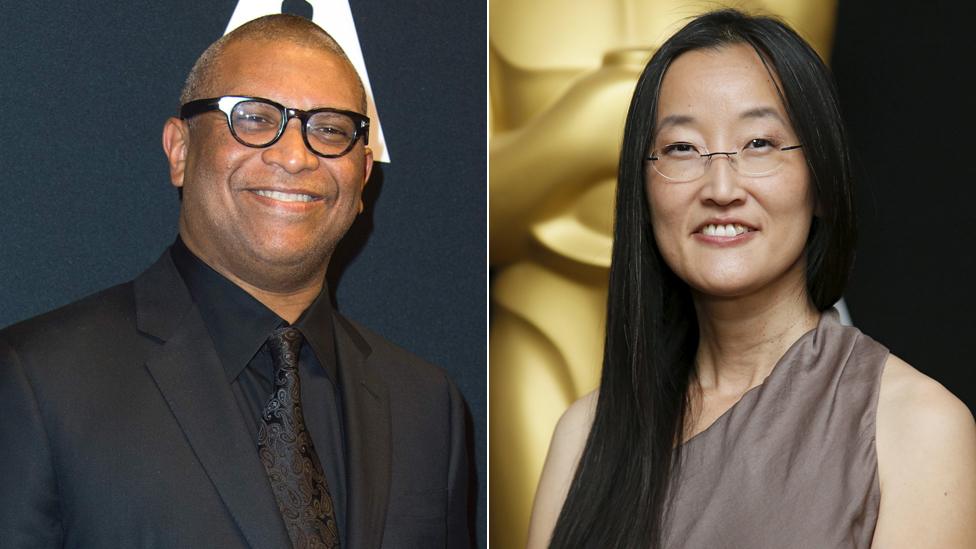
- Published22 February 2016
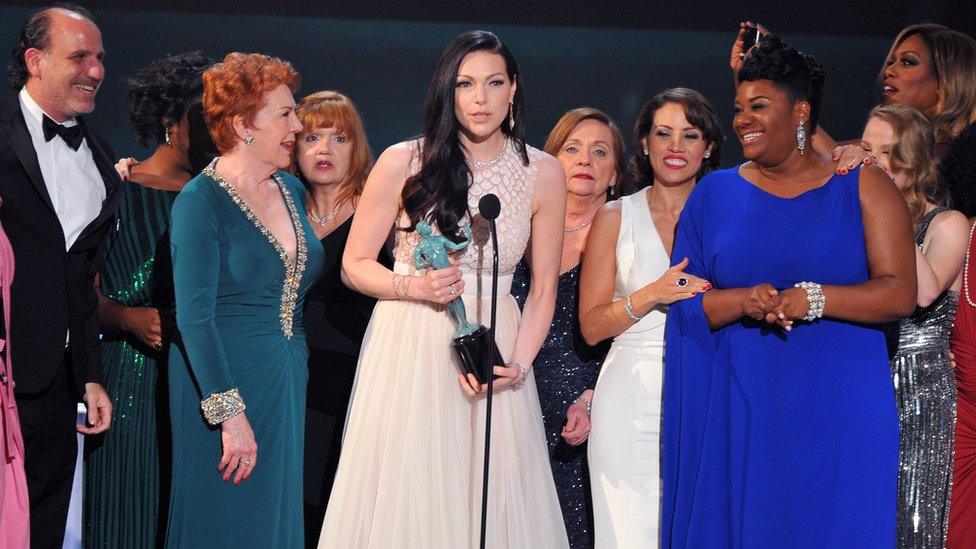
- Published13 January 2016

- Published24 January 2016
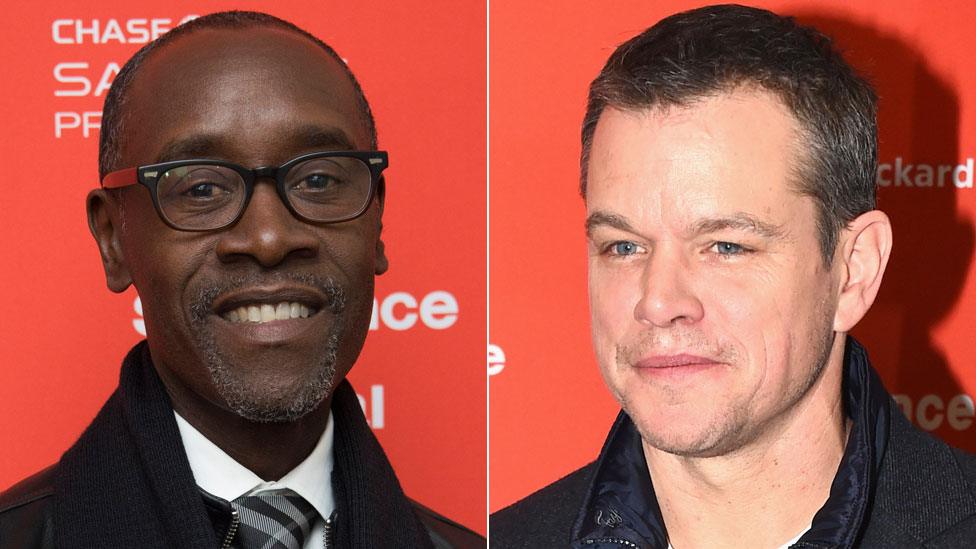
- Published20 January 2016
